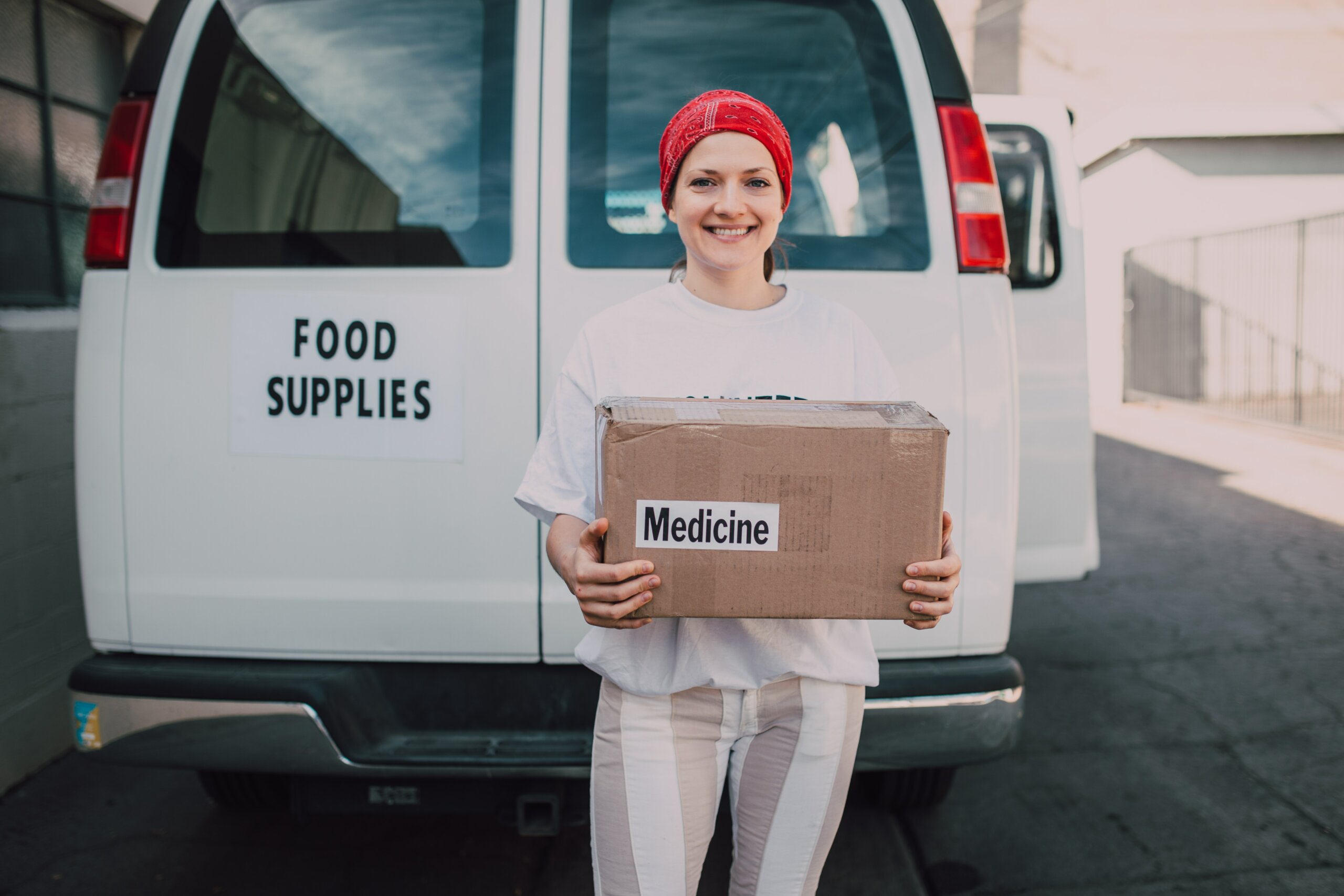
As you may know, Giving Tuesday is a global day of giving and generosity happening on the first Tuesday after Thanksgiving (United States). It was created as a response to the consumer-focused shopping days of Black Friday and Cyber Monday. Since it started in 2012, Giving Tuesday has grown into a global movement with participation from over 70 countries.
It is a day to remind us of the importance of generosity and addressing societal challenges through collective efforts. It encourages people to give back to their communities and take action to make a positive impact in the world by supporting causes they care about. Giving Tuesday also offers an opportunity for businesses, nonprofits, and other organizations to come together and make a positive impact on society.
Giving Tuesday Ideas for Nonprofits:
There are plenty of meaningful ways for organizations and individuals to get involved in Giving Tuesday. Here are some ideas to consider to raise awareness and support for your cause:
Giving Tuesday Countdown:
Start a countdown leading up to Giving Tuesday on social media. Share daily messages related to your cause, interactive stories, and highlights about your organization to build anticipation and engagement among your audience.
Random Acts of Kindness:
Instead of focusing solely on financial donations, promote acts of kindness. Encourage people to perform small acts of generosity in their communities, whether it’s helping a neighbour, volunteering at a local shelter, or donating food to those in need. Small gestures make a big difference.
Peer-to-Peer Fundraising:
Encourage your supporters to raise funds for your cause by creating their own fundraising pages and reaching out to their friends and family for donations. You can provide them with tools and resources to make it easier for them to effectively communicate your mission and impact.
Virtual Fundraising Events:
Virtual events are here to stay. Host interactive and engaging events such as a live-streamed concert, comedy show, talent show, or workshop, and encourage viewers to donate during the event.
Matching Donations:
Partner with a major donor or corporate sponsor willing to match Giving Tuesday donations up to a certain amount. Knowing their contribution will have double the impact can create a sense of urgency and encourage supporters to give more.
Storytelling:
By sharing impactful and compelling stories of the individuals or communities that your organization supports, you can create an emotional connection and inspire people to take action. Make sure to use videos, photos, and testimonials and share them across channels, including social media, email, and website.
Impact Graphics:
Create infographics or visuals to demonstrate the direct impact of donations, such as graphics that show how many meals, clothes, or shelter a certain amount can provide, for example.
Crowdfunding:
If your organization has a specific fundraising goal, you can encourage your supporters to help you reach that goal by donating and sharing the campaign with their network.
Partnerships:
Partner with other organizations or businesses to create joint campaigns that benefit both organizations. Cross-promote each other’s initiatives to amplify your reach and impact.
Social Media Challenges:
Create a unique and engaging challenge related to your cause. Encourage your followers to participate, share their challenge on social media, and nominate their friends to participate while also donating to your cause.
Gratitude Campaign:
Don’t forget to show appreciation to your supporters by thanking them for their generosity and ongoing commitment.
Impact Updates:
Transparency is essential to motivate donors. Throughout the day, share real-time updates on how the funds raised are making a difference so your supporters can see the immediate impact of their donations.
Remember…
The key to a successful Giving Tuesday campaign is to connect emotionally with your audience, create a sense of urgency, and make it easy for them to donate and get involved. Tailor your campaign to your organization’s mission and use various communication channels, such as social media, email marketing, and your website to maximize impact and keep your supporters engaged throughout the campaign.

